What is salsa and how to learn to dance dance?
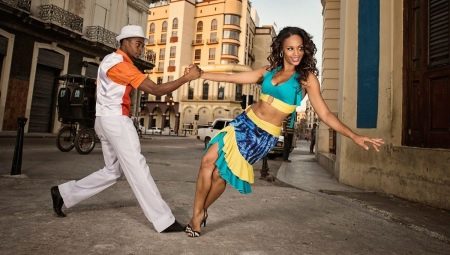
The lively and passionate salsa is a truly unique phenomenon. It is an explosive mixture of various styles and directions of numerous Latin American dances. Despite the fact that earlier this variety was the freedom-loving brainchild of the streets, today it has become more standardized and is studied in almost any dance school.
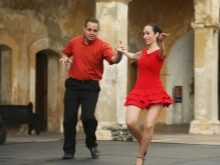
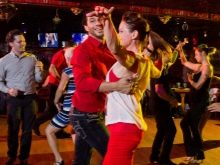
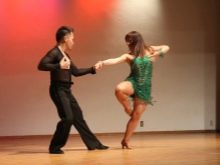
History of origin and development
In general, salsa - a term translated from Spanish meaning "sauce", for a long time meant mainly a musical genre that has gained its popularity in Latin America. The direction united so many styles and variations that the use of the word was correct in the case of almost any music of the region, from mambo to cha-cha-cha. However, from the 60s and 70s of the XX century, the term began to be used exclusively to denote the style created by Puerto Ricans and Cubans - immigrants from Latin America who flooded New York and its environs. In the case of dance - very beautiful, sensual and widespread throughout the world, everything was the same, because it has the same roots as music. Surprisingly, the basis for the national trend was the "dream" dance, which during the worship of the gods was performed by slaves from Africa who lived in Cuba.
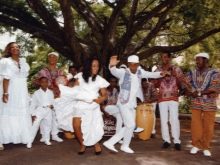
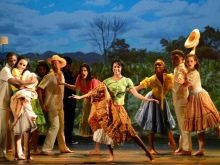
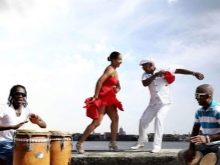
The style known as Son Cubano combined African drum beats, Cuban music and Danzon dance. In the future, numerous transformations and branches awaited him, "feeding" with the rumba and rhythms of North and South America, and only in 1980 the modern name - "salsa" was consolidated.
Internationally, the term was given to Afro-Cuban music, and in New York it was meant to refer to Latin American music and dance.
From that moment on, they began to teach dance not on the streets, but in specialized institutions, and therefore it soon became quite standardized.
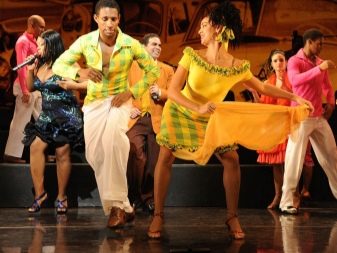

What it is?
The description of modern salsa, even one related to non-Olympic sports, testifies to its main characteristics: the dance is social and Latin American. The country of its origin still defines Cuba, and sociality implies that its movements originated from the people. Despite the fact that pair salsa is most often observed, it can be practiced alone (relevant only for women) and in groups, such as a round dance. All key movements of the direction are performed under 4 musical counts and are formed from short and long steps.
Three steps, usually forming a rhythmic composition "fast-fast-slow", end with the transfer of weight, swinging the leg, hitting it on the floor or a simple pause.
It is possible to find hints of such varieties as mambo, cha-cha-cha and bolero in salsa. Initially, the dance was performed melodiously and calmly, but today it has become more passionate and energetic. In a pair, a man should lead easily but reliably, and a woman should be ready to adapt to his movements. Performers of Latin American variations especially appreciate the ability to improvise and interact with a partner.
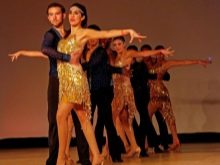
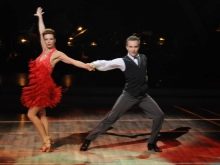
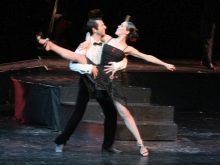
Types of styles
The number of existing styles and types of salsa is huge, but only two of its varieties are officially recognized - circular and linear.
Circular
During the performance of the circular dance, the movement goes in a circle. This category includes Cuban salsa, also known as casino, Venezuelan or Dominican salsa, and Colombian. The name casino comes from the Cuban "casino", where, by the way, this variety originated. The protruding pair can stand in closed, side and open oblique positions. A man can lead by using his weight, or he can maneuver by holding the axle.
You can also use one or both hands and direct the movement against the weight. The first step of Cuban salsa can be started on both the first and second counts. During the demonstration of Cuban salsa, the circular movement can be interrupted by linear inserts, partially borrowed from the rumba. During the performance of the Dominican style, the center of the dance pattern becomes the middle between the partners. The artists move rapidly, and the man directs his partner very energetically. It is allowed to start on any account.
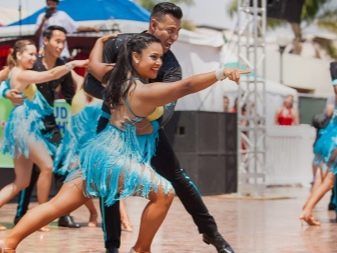
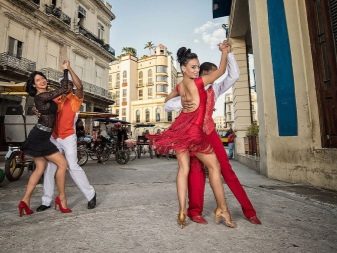
Colombian salsa can combine circular elements with linear elements. Steps in this unique subspecies are made to any beat. In addition, movement accompanied by fast music can be diluted with improvised inserts and even footwork - elements that are close to acrobatics in complexity.
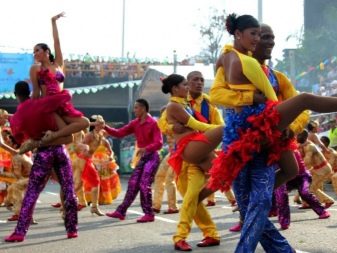
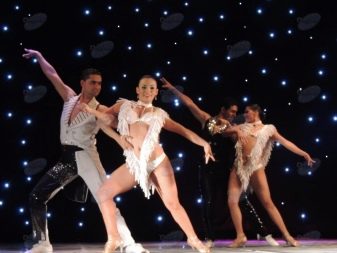
Linear
Linear dancers move in one line. This includes the Los Angeles, New York, Puerto Rico, London and Palladium salsa artists.
- "Los Angeles" characterized by movement in a straight line with a change of places and turns by half a circle. The contributions of men and women are almost equal, but the partner still has a slight advantage. The strong first musical score is accent. Interestingly, male and female movements can differ, and even rhythmically.
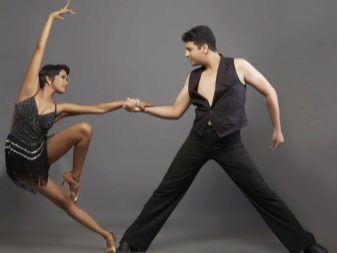
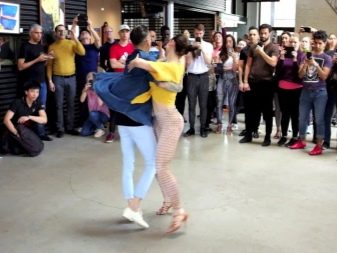
- The New York style is sometimes referred to as mambo. The dancers' movements look very elegant, soft and even refined, but they still manage to move at a rapid pace. The main step is performed on the first beat of the music, and on the second count, the right leg is moved backward. The performance, consisting of short figures, can be interspersed with pauses and accents, as well as solo inserts. In "New York", a woman's fashion show is also often built in.The dance usually begins with the movement of the lady to the percussion first count, after which the entire performance she moves past the partner. In this case, the man is left with very few bright moments, since he plays a second role.

- Puerto Rico's style is very similar to New York, but it is the partner who will have to step backward to the second count, and the partner will strive forward. The dance looks soft and light without a pronounced expression of emotions. Palladium is considered one of the oldest styles. It also resembles "New York", but is characterized by the presence of acrobatic inserts.
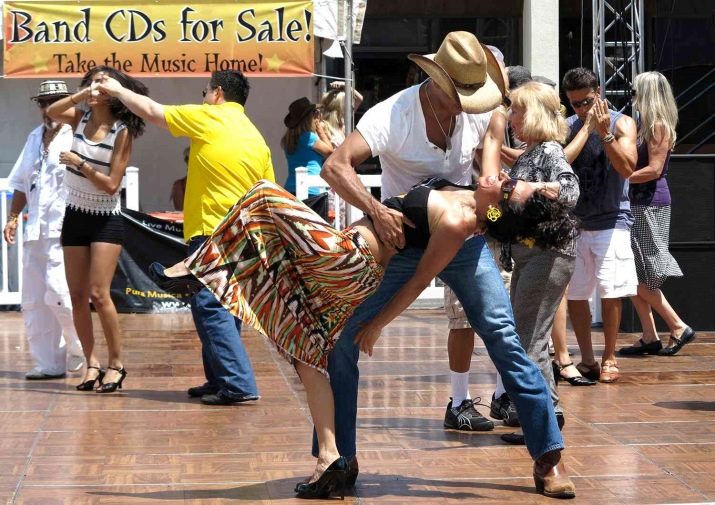
- Separately, one should highlight such a variety as rueda de casino. This dance is always reproduced by several pairs, at least two, changing at the command of the leader by their partners. Again, it is the leader who first demonstrates which movements should be played on the dance floor. You can perform rueda de cuba and rueda de miami. The first, respectively, originated in Cuba, and the second, by the way, related to the linear form, originated in the United States.
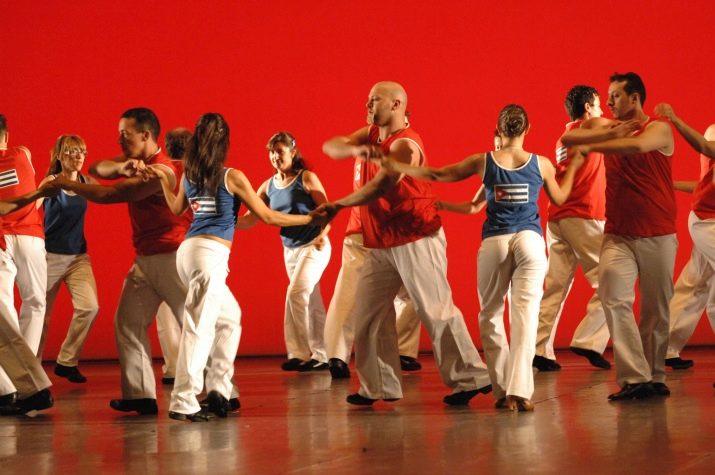
Music
A key feature of salsa music is the presence of Latin American rhythms, mainly Cuban. However, already from the 70s and 80s of the last century, notes of rock, jazz, pop and even R'n'B gradually began to intertwine in the melody.
Today's version of the musical "background" for performers is not similar to the original, but it sounds no less distinctive and is well remembered.


clothing
Despite the fact that salsa is a plastic and graceful dance, the artists should still have comfort in the first place, therefore, both in the rehearsal hall and on the stage, they never appear in pinching dresses, tight-fitting trousers or with an abundance of large decorative elements. For performances, ladies usually prefer light flowing dresses or mid-length skirts. In training, girls are also better off appearing in a comfortable dress, without a huge number of fasteners or bulky jewelry.
It is important that the clothes do not harm any of the partners, which means that they do not get caught and start pricking at the most inopportune moment. Since the movements of salsa are rapidly replacing one another, you should not appear on the dance floor with too short a hem.
It is better to take the skirt, and the dress itself, above the knees. Such models beautifully circle around a woman, do not expose her intimate parts, but do not cling to her legs either. You can complement the skirt with a tight-fitting top with a neckline. In principle, in the classroom it is not forbidden to appear in a soft tunic with leggings in size. Shoes for a great artist should be comfortable: it can be both sandals and shoes with small heels. It is wise to choose a pair with a strap that will ensure the reliability of the wear.
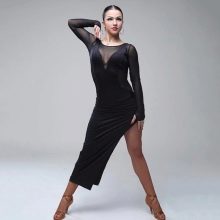
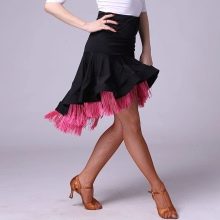
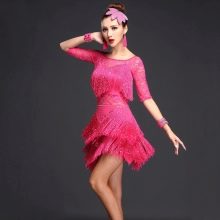
On stage, men appear in trousers and a shirt, and in training, they often replace the weekend top with a regular T-shirt. Trousers should be chosen light and elastic in black or brown. The top of the suit can be anything, but it is better to get samples from a breathable fabric. It is most convenient to train in sneakers or light shoes with bendable soles, but for performances you will have to get special shoes with non-slip suede soles and a four-centimeter heel.
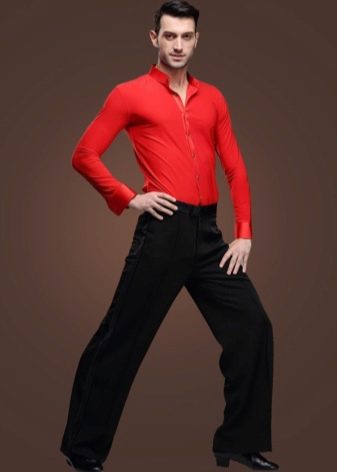
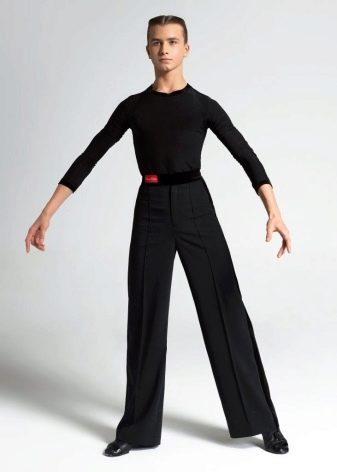
Basic movements
Despite the fact that it is better for novice dancers to contact a teacher or go to group classes, they will be able to master the basic movements at home using video lessons. When exercising at home, the clothing must still meet the salsa requirements. Both adults and children are encouraged to listen to Latin American music as often as possible to get used to the rhythm, and also, if possible, attend salsateki. Some dancers believe that getting a feel for the rhythm is sometimes more important than honing a technique. Experts also remind that it will be much easier to learn how to dance if all the basic steps are regularly repeated.
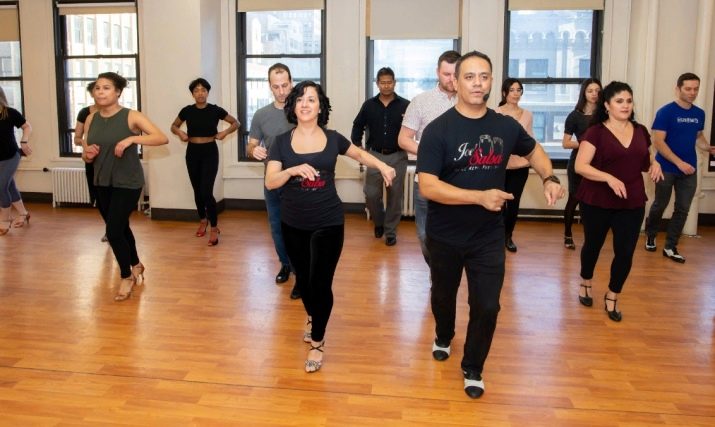
The basic steps of different directions of salsa may differ, but having mastered one of them, it will be much easier to adapt to others.
- For example, it will be useful to learn the link, which begins with the fact that partners stand opposite each other, just like in tango. The man makes the first step with the transfer of the weight of his left leg forward. At the same time, the partner pushes back with her right foot, transferring the weight in the same way.
- Further, both move to the side: one takes a step to the right, and the other, respectively, to the left. In this case, you will need to gently swing your hips.
- Having designated a closed position, that is, having approached each other, the partners will have to perform a diagonal movement: the partner is forward, and the partner is back.
- Then they will have to change their position to open, that is, slightly disperse, and, holding hands, repeat the diagonal steps.
- Upon completion, the woman steps towards the man once and makes a turn at his hand.
- Having dealt with the elements, they will have to be connected together. The link is quite simple: after two basic steps, a step is made to the left and a step to the right, then two diagonal steps are taken in an open and a closed position, after which everything ends with a turn of the partner.
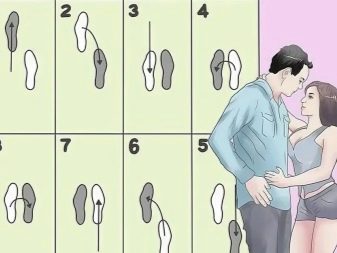
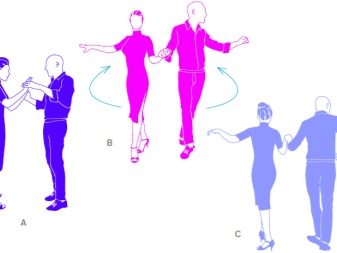
Next, watch the video tutorial on salsa for beginners.








